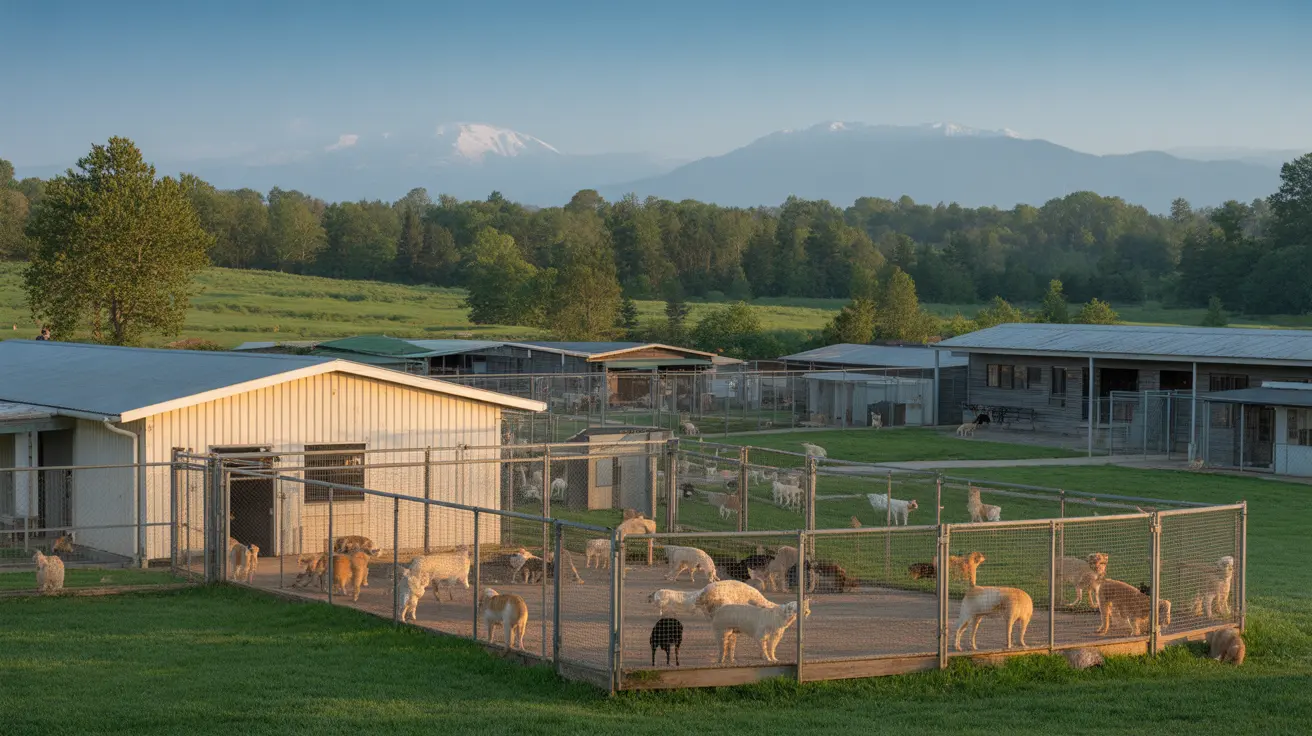Understanding Parvovirus Risk in Shelters
Animal shelters are particularly vulnerable to parvovirus outbreaks due to the constant influx of animals with unknown medical histories. The virus can spread rapidly in these environments, making regular screening and preventive measures crucial for maintaining animal health.
Parvovirus Prevention in Dogs
Prevention remains the most effective strategy against canine parvovirus. While the Walker County shelter works to contain this situation, pet owners should remember these essential preventive measures:
- Maintaining current vaccinations
- Avoiding contact with unfamiliar dogs
- Regular cleaning of pet areas
- Proper waste disposal
- Limited exposure to high-traffic dog areas until fully vaccinated
Parvovirus Disinfection Protocols
The shelter's temporary closure allows for thorough implementation of specialized cleaning procedures. Professional-grade disinfectants specifically designed to eliminate parvovirus are being used throughout the facility. This comprehensive approach is necessary because the virus can survive on surfaces for extended periods.
Signs of Parvo in Puppies and Dogs
While the shelter addresses this case, it's important for pet owners to recognize potential symptoms of parvovirus in their own animals:
- Severe lethargy
- Loss of appetite
- Vomiting
- Bloody diarrhea
- Dehydration
- Weakness
Supportive Care for Parvovirus
When parvovirus is detected, immediate veterinary intervention is crucial. Treatment typically focuses on supporting the animal's immune system while fighting the infection. This includes:
- Fluid therapy to prevent dehydration
- Nutritional support
- Medication for symptom management
- Close monitoring of vital signs
Frequently Asked Questions
What are the signs of canine parvovirus infection in dogs and puppies?
Common symptoms include severe vomiting, bloody diarrhea, lethargy, loss of appetite, fever, dehydration, and weakness, especially dangerous in puppies and unvaccinated dogs.
How is parvovirus treated in dogs, and can infected dogs be cured?
There is no cure that kills the virus itself, but treatment involves supportive care like intravenous fluids, medications to control vomiting and diarrhea, antibiotics to prevent secondary infections, and in some cases monoclonal antibody therapy to reduce symptoms.
Why do animal shelters temporarily close during a parvovirus outbreak?
Shelters close to thoroughly disinfect the facility using virucidal agents, prevent further spread among animals, quarantine exposed or symptomatic animals, and ensure a safe environment before resuming intake and adoptions.
Conclusion
The Walker County Animal Shelter's quick response to this parvovirus case demonstrates the importance of proper protocols in managing infectious diseases in shelter environments. Their commitment to thorough disinfection helps ensure the safety of current and future shelter residents while highlighting the critical need for preventive measures in all pet care settings.
Pet owners are encouraged to maintain regular veterinary check-ups and keep vaccinations current to protect their animals from this serious virus. Through proper prevention and awareness, we can help reduce the impact of parvovirus in our pet communities.






